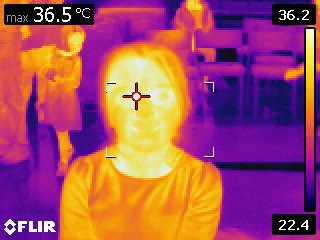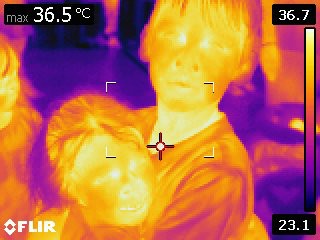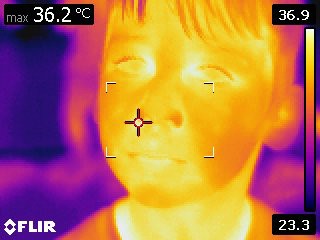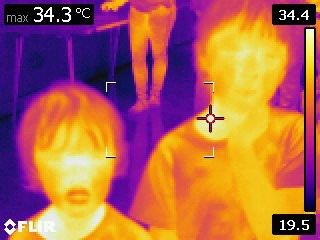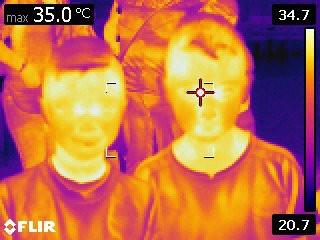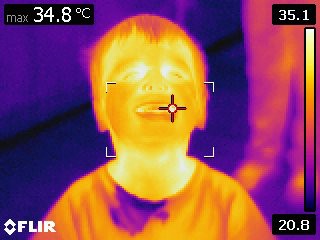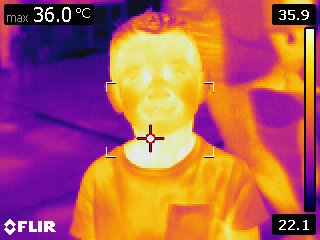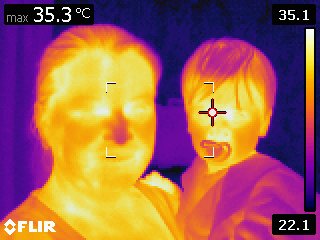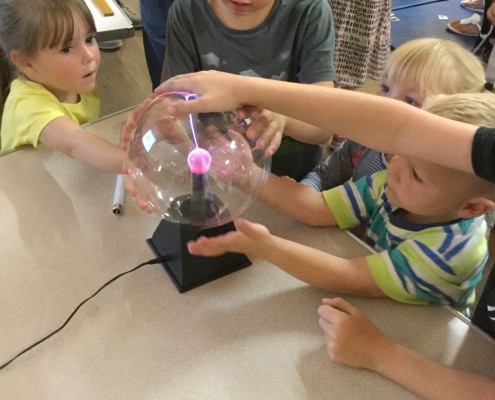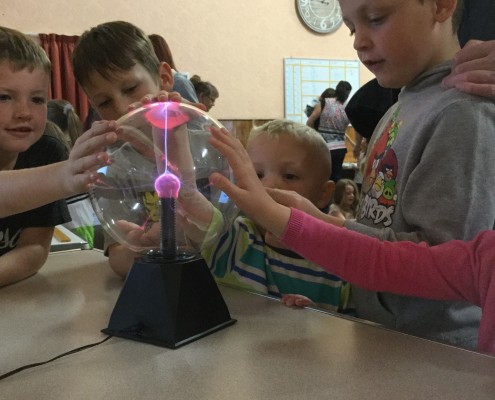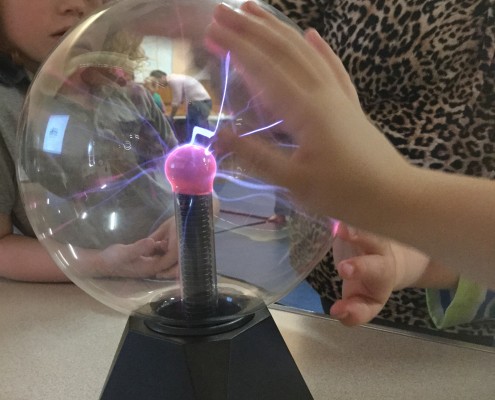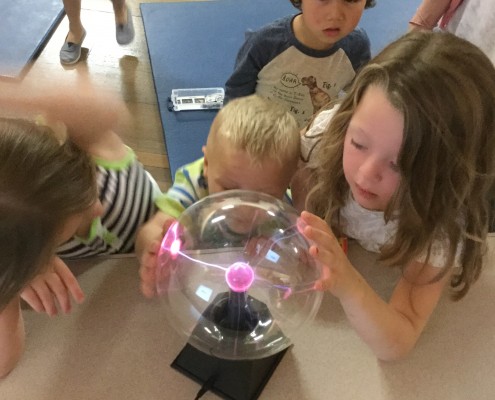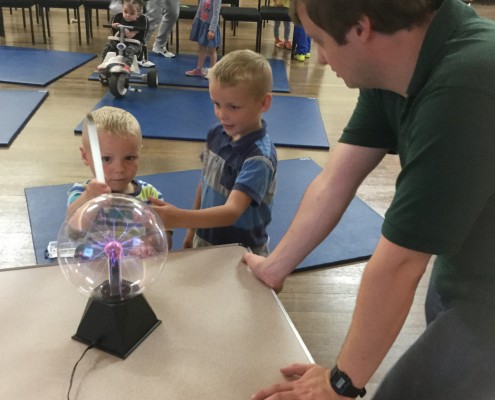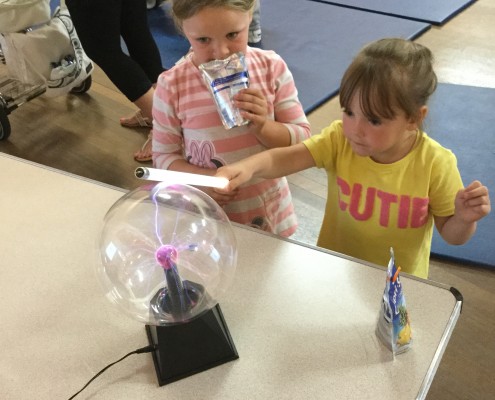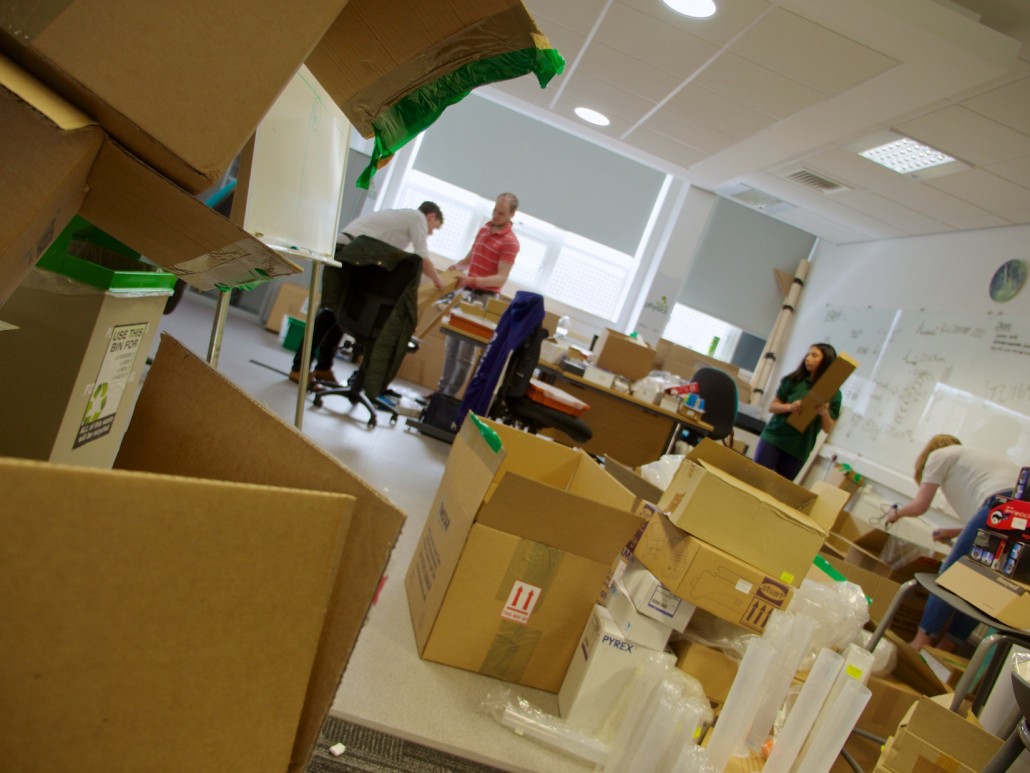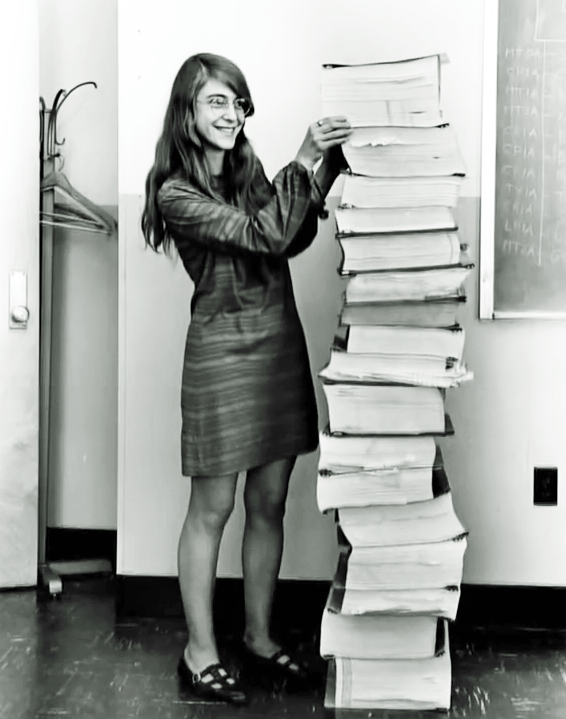Science Communication MSc
Think Physics is based at Northumbria University, where it just so happens we run a Science Communication MSc course as a joint endeavour with the Centre for Life (who are also a Think Physics partner – are you spotting a pattern here?).
There are several such courses in the country, notably the ones run by Imperial College and the University of the West of England. The Northumbria course differs primarily in the close association with a leading visitor centre: if you look closely at the range of courses available, you’ll see that each skews towards a different niche and specialism.
The course is currently recruiting for its second entry cohort, either for full-time study over one year or part-time over two. Useful links:
- A handy blog post from existing MSc student Jaclyn Laird, reflecting on the first year of the course.
- Northumbria University’s page for the course.
- Life’s page for the course.


